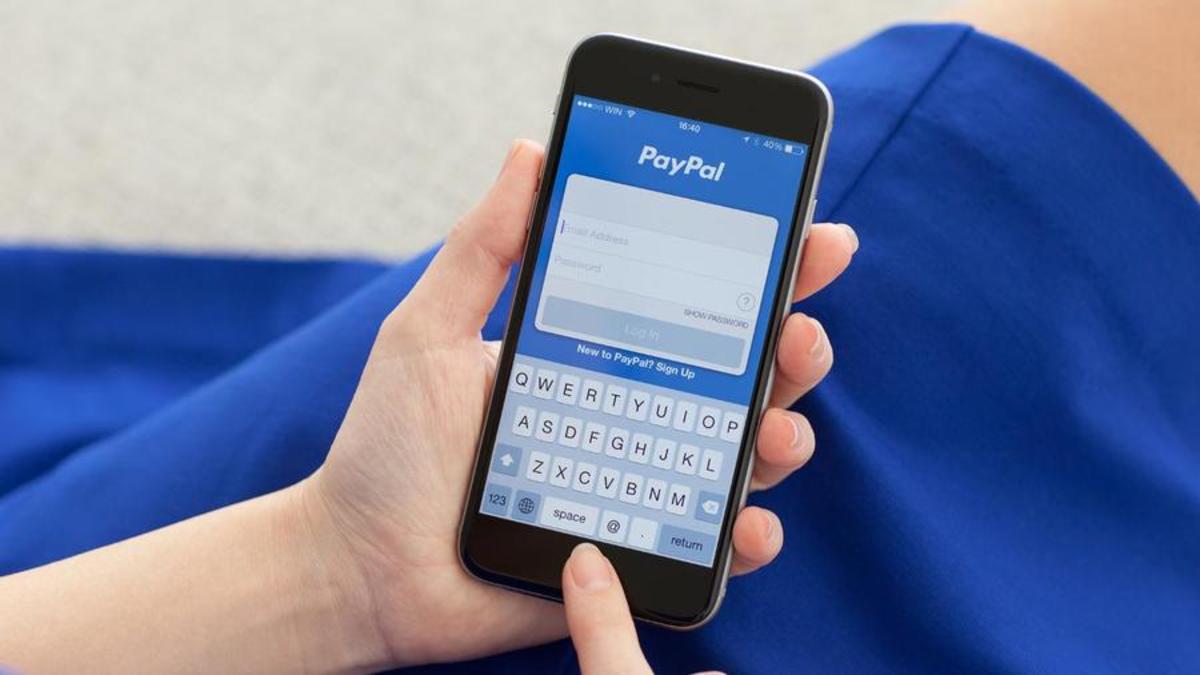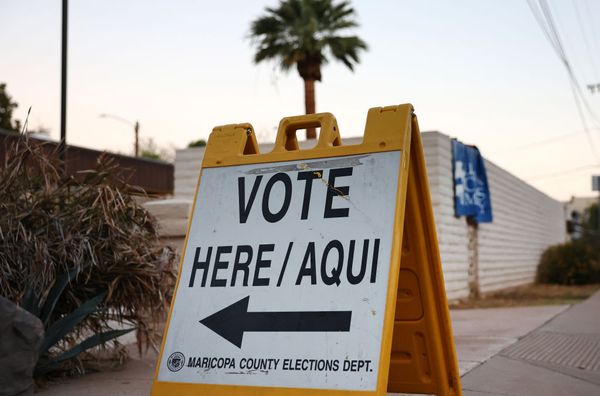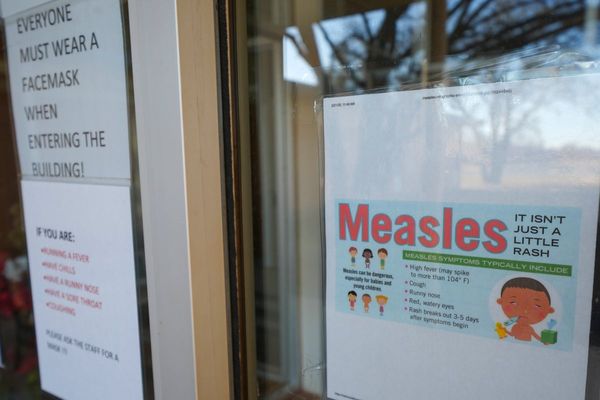
Key takeaways
- For the 2024 tax year, PayPal should send you a Form 1099-K if you receive more than $5,000 in payment through the company during the year for the sale of goods or services.
- Even though PayPal should report the total amount of the payments you received during the year on Form 1099-K, you only owe tax on the profit you make from the sale of goods or services.
- If you don't receive a Form 1099-K, you still need to report all payments through PayPal on your tax return and pay tax on any profit from your sales.
- Ask PayPal for a corrected Form 1099-K if they send you a form that isn’t right, but don’t wait to file your tax return if you don’t have a corrected form before the tax filing deadline.
What is Form 1099-K?
Form 1099-K is an IRS information return used to report payments received through a payment app (like PayPal), online marketplace, or other payment processor. A copy of the form is sent by the company processing payments to both the person or business that receives the payments and to the IRS. So, if you receive a 1099-K, remember that the IRS knows what’s on it.
There are basically three reason why you might receive a 1099-K form for the year:
- You receive payments for goods or services you provide through a payment app or online marketplace that exceed the year’s 1099-K payment threshold (more on the thresholds in a minute).
- You receive customer credit, debit, or gift card payments through a payment processor, such as a bank or credit card company (no thresholds apply).
- You receive payments through a payment app, online marketplace, or payment processor and you’re subject to backup withholding.
As a result, in addition to PayPal, you can also receive a Form 1099-K from other websites, apps, or platforms that facilitate payments for goods and services – such as eBay, Ticketmaster, Etsy, Venmo, Uber, Airbnb, and the like.
Form 1099-K should show the total amount of payments for sales you received from the payment app, online marketplace, or payment processor for the tax year in Box 1a (it’s also broken down by month on the form).
However, it’s important to note that the total amount in Box 1a doesn't include any adjustments for expenses, fees, credits, refunds, shipping, cash equivalents, discounts, costs of goods sold, or the like. So, for instance, if you received payments totaling $50,000 through a payment app, but you refunded $5,000 of that amount, your 1099-K form from the payment app will only report the $50,000 amount, not $45,000.
Who should get a Form 1099-K from PayPal?
If you’re a business owner who accepts payments from your customers through PayPal, federal law might require PayPal to send you a Form 1099-K for the year. Whether the company must send the form depends on how much you receive through PayPal during the year for the goods and services provided to your customers. And they might send you a 1099-K form even if they aren’t required to.
For payments received in 2023, you should have received a Form 1099-K from PayPal if your total payments through the company were greater than $20,000 and from more than 200 transactions. If that’s the case, you should have received your 1099-K form by January 31, 2024.
However, under proposed IRS rules, you should get a PayPal 1099-K form for the 2024 tax year if your total 2024 payments through the company exceed $5,000, regardless of the number of transactions. That form should arrive (or be available online) by January 31, 2025.
If you’re not running a business, you still might get a PayPal 1099-K form if you sell something and accept payment through PayPal. Again, whether you should expect a Form 1099-K from PayPal depends on whether the applicable threshold for the year is met.
In addition, a few states have their own 1099-K threshold amounts that are lower than the federal threshold. So, depending on where you live, PayPal could send you a 1099-K form if you receive total payments for goods or services through them that’s less than the applicable federal threshold. You can contact the state tax agency where you live to see if your state has a lower threshold.
Are payments from friends and family reported on a PayPal 1099-K?
What if your uncle sends you $50 through PayPal as a birthday gift, or your buddy sends you $100 to reimburse you for a concert ticket? Can these types of payments from family members or friends trigger a Form 1099-K from PayPal? Or, if you’re already getting a PayPal 1099-K for other reasons, will they be included in the total payment amount?
Fortunately, since they’re not for goods or services, peer-to-peer payments such as these from family and friends don’t need to be reported on Form 1099-K. In fact, when they send money, PayPal users can note whether a payment is either a personal payment to friends or family (“Sending to a friend”) or a purchase for goods and services (“Paying for an item or service”). That way, PayPal can separate the personal payments that shouldn’t get reported on Form 1099-K from the business payments that should be reported.
What if your PayPal 1099-K form is wrong?
If PayPal sends you an incorrect 1099-K form, contact the company and ask them to send you a corrected form. Keep any correspondence with them related to your request.
Don’t wait to file your tax return if the filing deadline is approaching and you haven’t yet received a new 1099-K from PayPal. In that case, go ahead and use the correct information to complete your return. However, be sure your numbers are correct – and that you can back them up with documentation – in case the IRS flags your return because your figures don’t match the copy of Form 1099-K that it received from PayPal.
Do you owe tax on payments reported on Form 1099-K?
Remember that Form 1099-K shows the total amount of payments you received from a payment app, online marketplace, or payment processor during the year. However, it’s important to note that you’re only taxed on any profits from your business or the occasional sale of goods or services.
So, when you file your tax return for the year, the amount you paid to acquire any property sold, along with any deductible business expenses, are subtracted from your total payments when calculating your taxable income.
Example: Your business acquires an item for $25,000, sells it for $30,000 (accepting payment through PayPal), and pays $100 to ship it to the buyer. Your Form 1099-K from PayPal will only show the $30,000 in payments. However, you can subtract the $25,000 you paid for the item and the $100 for shipping from the total payment amount to arrive at your $4,900 of taxable income ($30,000 - $25,000 - $100 = $4,900) – which is your profit.
If you’re operating a business as a sole proprietor, the taxable portion of your PayPal 1099-K payments is calculated on Schedule C (Form 1040). That’s where you report all your business income, and then subtract all your business expenses.
If you’re not a business owner, and you simply accepted payment through PayPal for an item you sold during the year, report any profit from the sale on Form 8949, which will carry over to Schedule D (Form 1040). That way, the profit will ultimately be reported as a capital gain on your federal tax return.
TurboTax Tip: Even if you don't receive a Form 1099-K, you still need to report payments received for goods and services through PayPal on your tax return and pay tax on any profit.
What if you lost money on a transaction through PayPal?
If you sell something for a loss and receive payment for the item through PayPal, how you report the loss and its impact on your taxes depends on whether or not the sale was a business transaction or a personal transaction.
Business sales
If the sale was related to your business, the loss can offset gains from other business transactions and reduce your taxable income. You’ll still report the payment you received from PayPal as business income, but the amount you paid for the item you sold and any related expenses are subtracted from your business income. (Both the income and deductions are reported on Schedule C if you’re a sole proprietor.)
Personal sales
For personal sales, a loss won’t result in taxable income, but it can’t be used to offset other taxable income, either. The loss can either be reported on Schedule 1 (Form 1040) or Form 8949 (with a carryover to Schedule D). Special rules for reporting Form 1099-K losses on those forms are laid out in the instructions for Schedule 1 and instructions for Form 8949, respectively.
There’s also a twist for personal sales through PayPal if you sold some items for a profit, but had a loss for other sales. When there’s a mixture like this, you have to separate the profitable sales from the sales for a loss before reporting them on your tax return. This ensures that only the profits are taxed, and that the losses don’t offset your profits.
Example: You paid $1,000 for an antique and sold it for $1,500. You have a $500 profit for that sale ($1,500 - $1,000 = $500). Later that same year, you sell a lawn mower for $100, but you originally paid $600 for it. You have a $500 loss for the lawn mower sale ($600 - $100 = $500). Even though you broke even with a $500 profit and a $500 loss, you can’t offset the profit with loss for tax purposes. Instead, you (1) report the profit from the sale of the antique on Form 8949 and pay tax on that amount, and (2) report the loss from the sale of the lawnmower on either Schedule 1 or Form 8949, which results in no additional tax or offset of other income.
What’s the 1099-K threshold after 2024?
The American Rescue Plan Act (ARPA) of 2021 made significant changes to the threshold for sending a 1099-K form to someone who received payments for the sale of goods and services.
Before the ARPA, you would receive a Form 1099-K from a company operating a payment app or online marketplace if your total payments were greater than $20,000 and you had more than 200 transactions through the company for the year.
The ARPA knocked the threshold’s dollar amount down to $600 and did away with the minimum-transaction requirement. Many more people will get a 1099-K under the new rules.
The new threshold was supposed to kick in for the 2022 tax year. However, the IRS has been gradually implementing the change. As a result, the old threshold was used for the 2022 and 2023 tax years, and (as noted earlier) the IRS plans to use a $5,000 payment threshold, without regard to the number of transactions, for 2024.
What about 2025 and beyond? We don’t know yet if the IRS will finally use the $600 threshold enacted by the ARPA or apply some other standard for 1099-K forms. If you’re working with a CPA, enrolled agent, or other tax professional, they can let you know what the threshold will be once that information is released.
Let a local tax expert matched to your unique situation get your taxes done 100% right with TurboTax Live Full Service. Your expert will uncover industry-specific deductions for more tax breaks and file your taxes for you. Backed by our Full Service Guarantee.
You can also file taxes on your own with TurboTax Premium. We’ll search over 500 deductions and credits so you don’t miss a thing.







